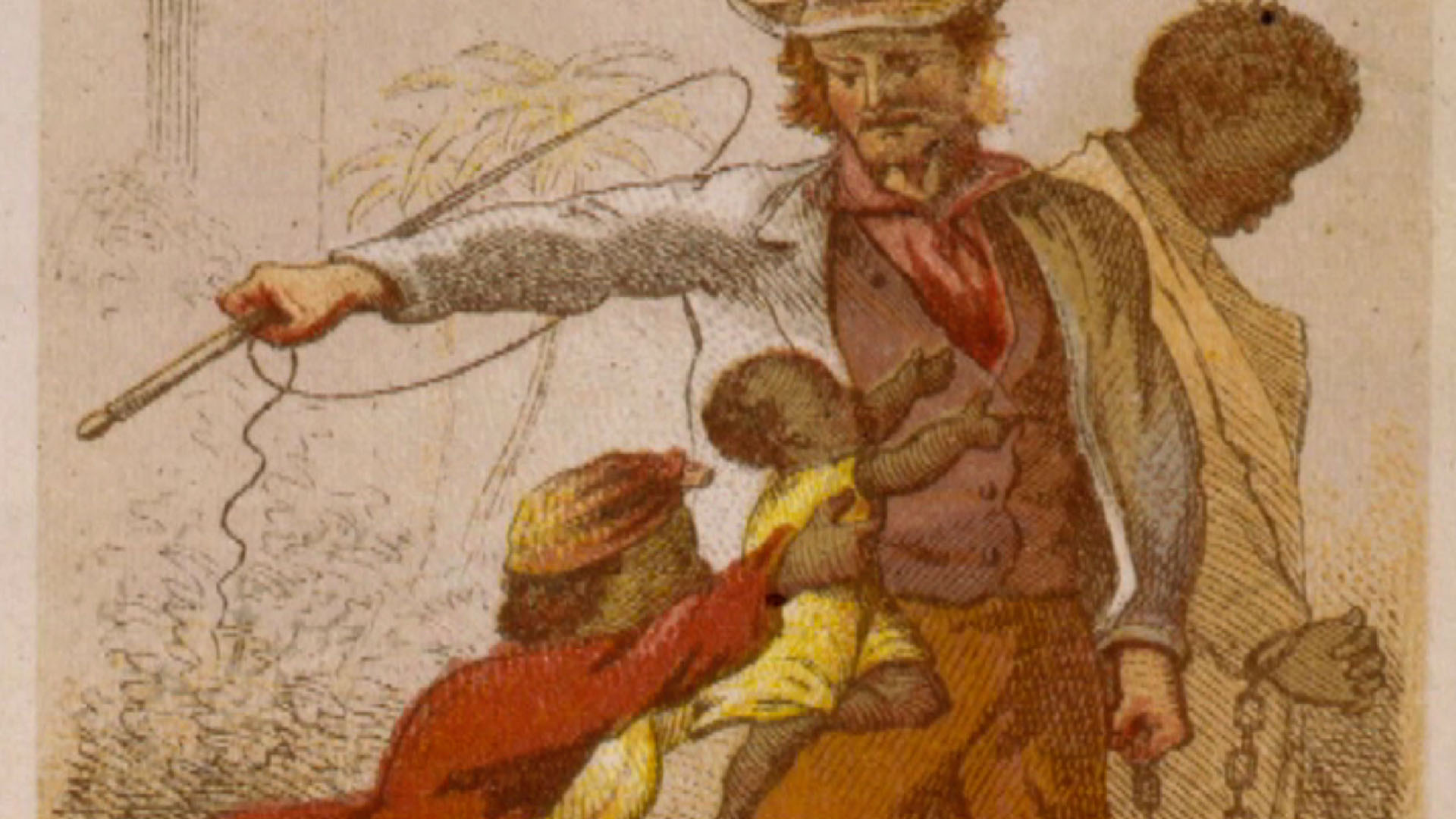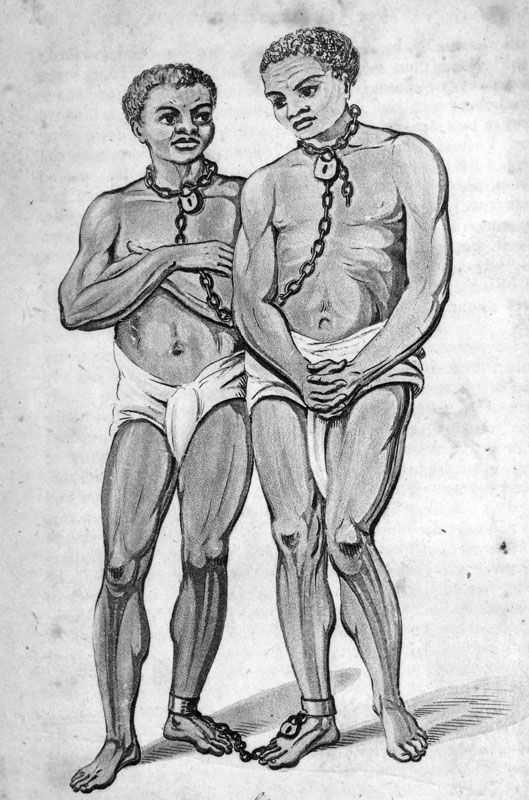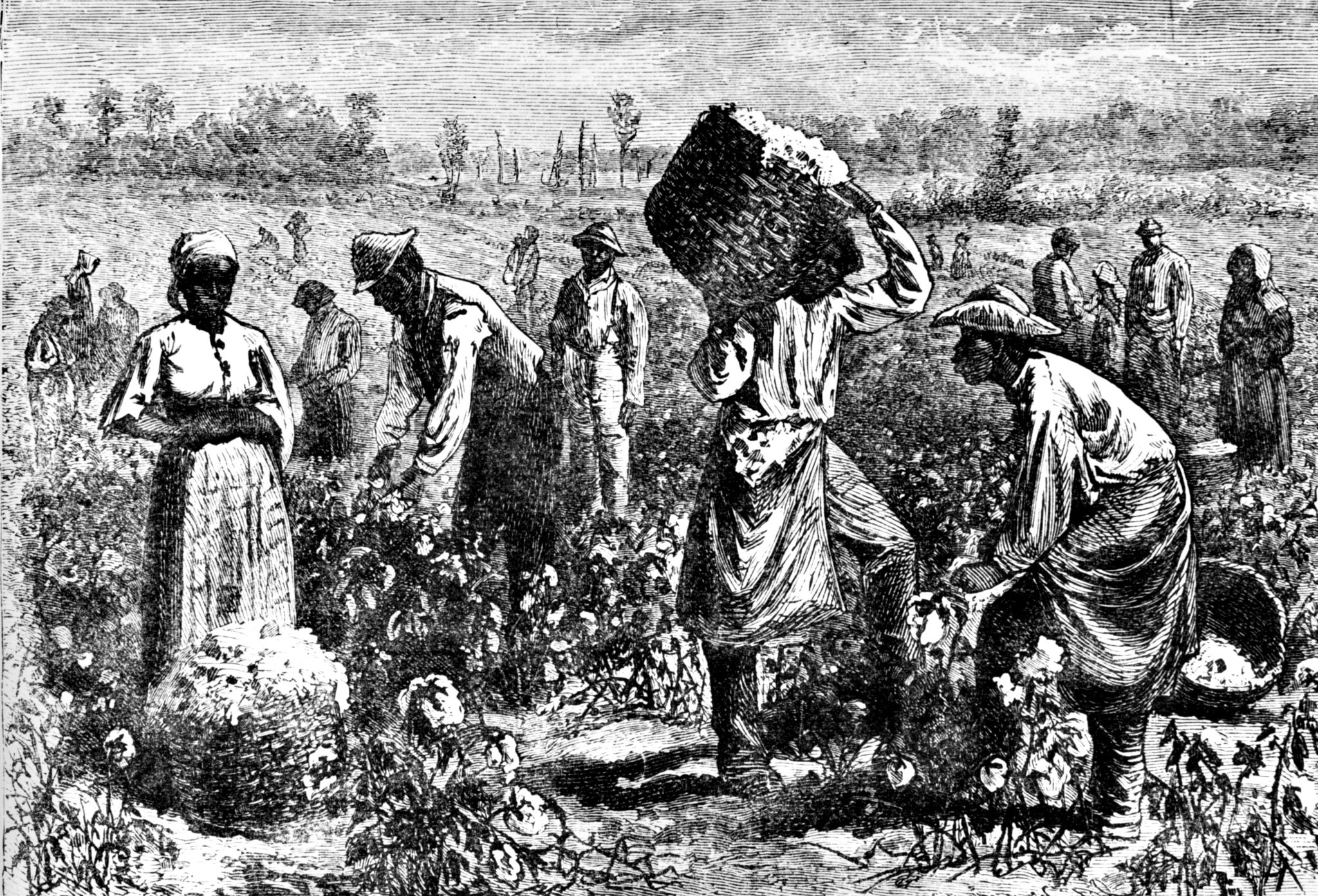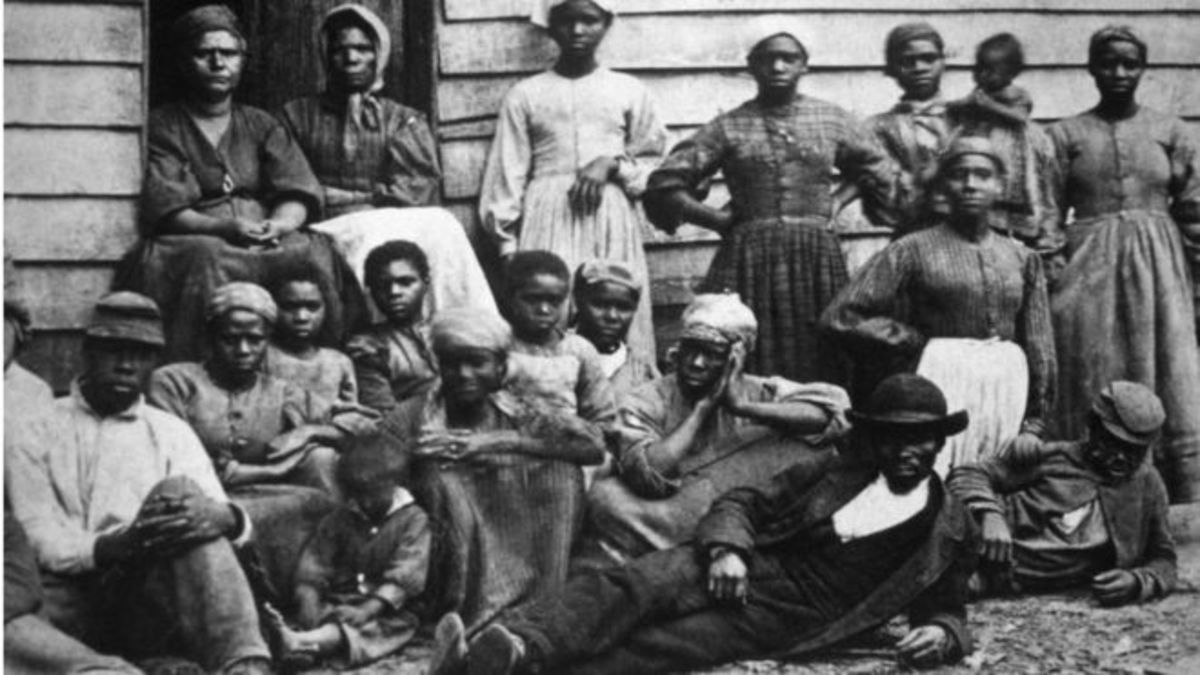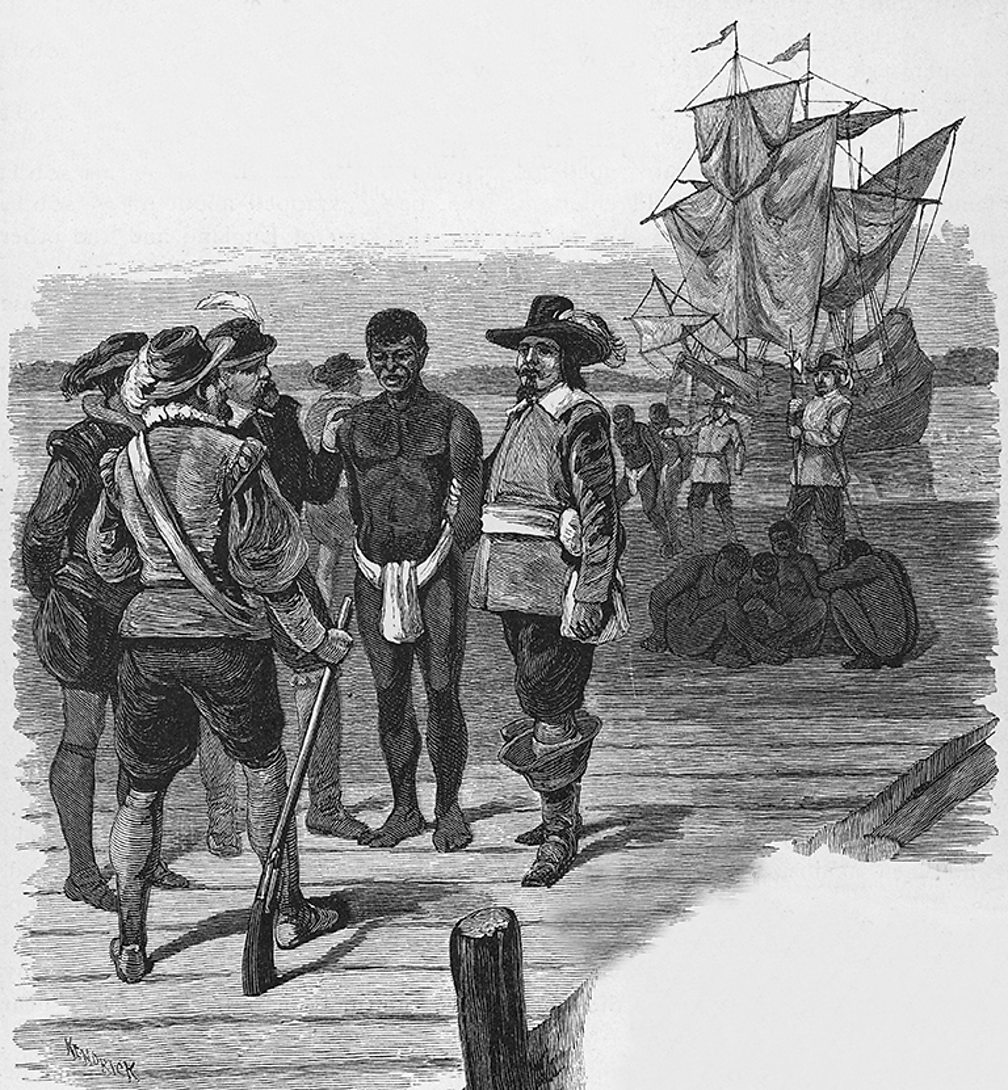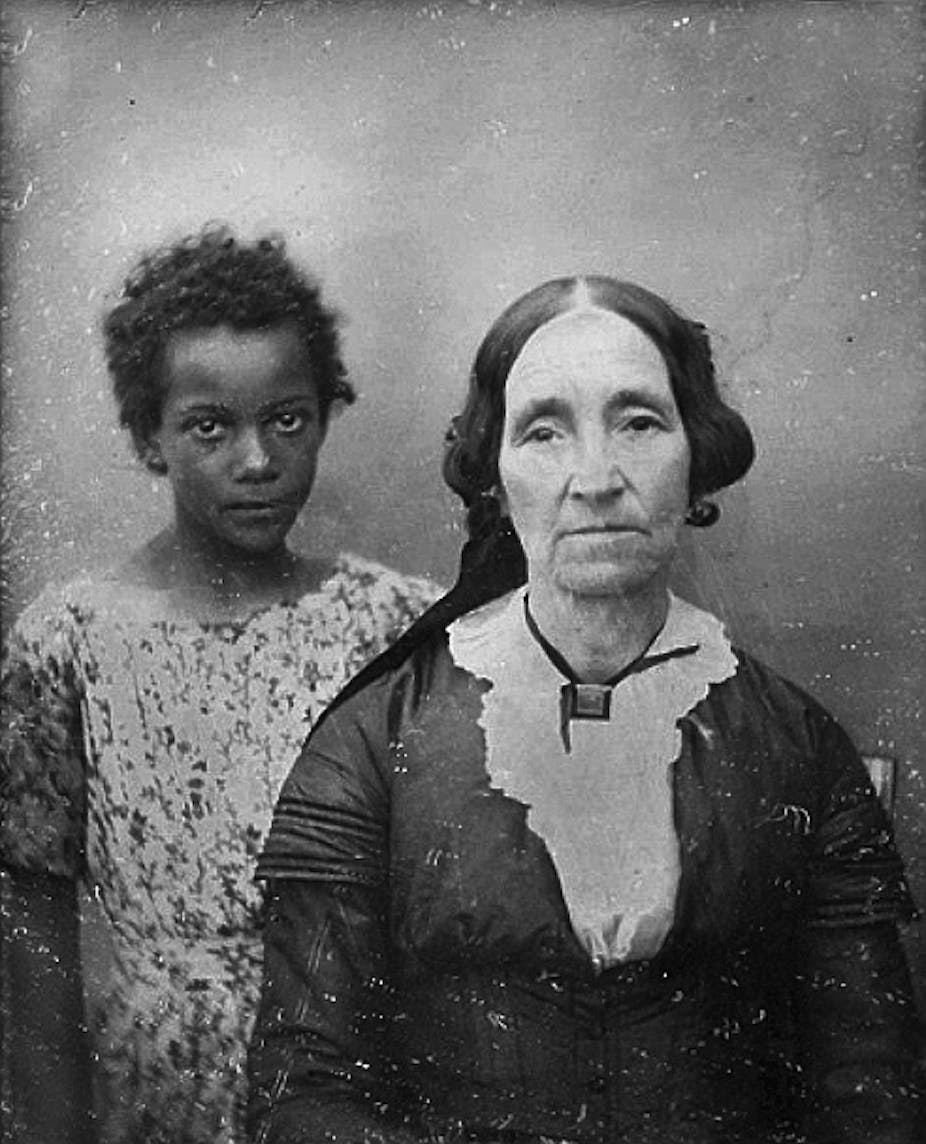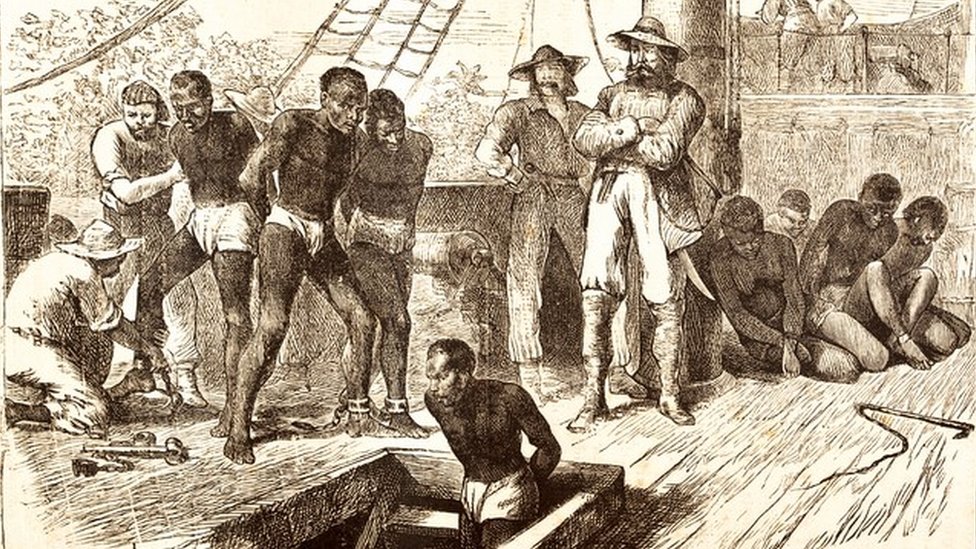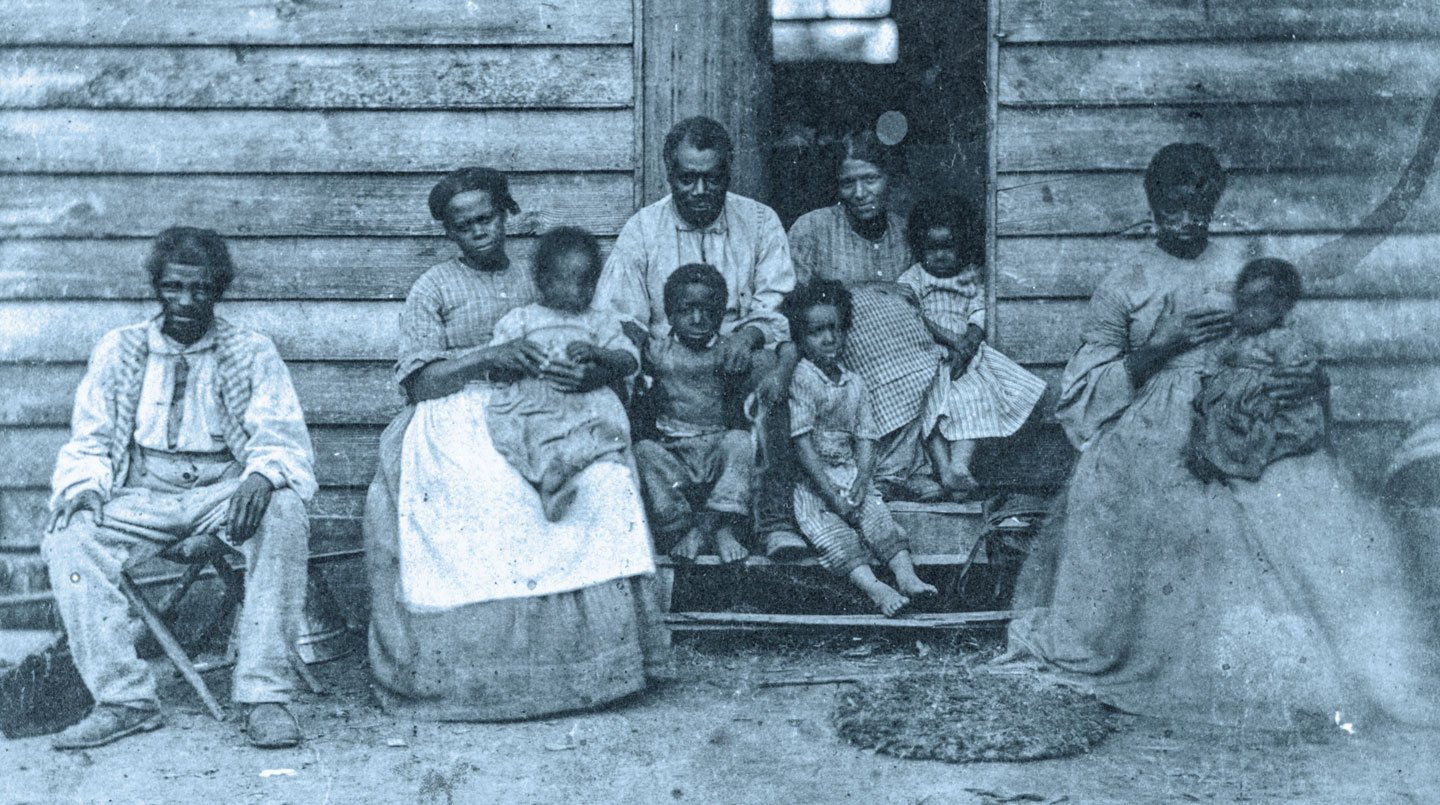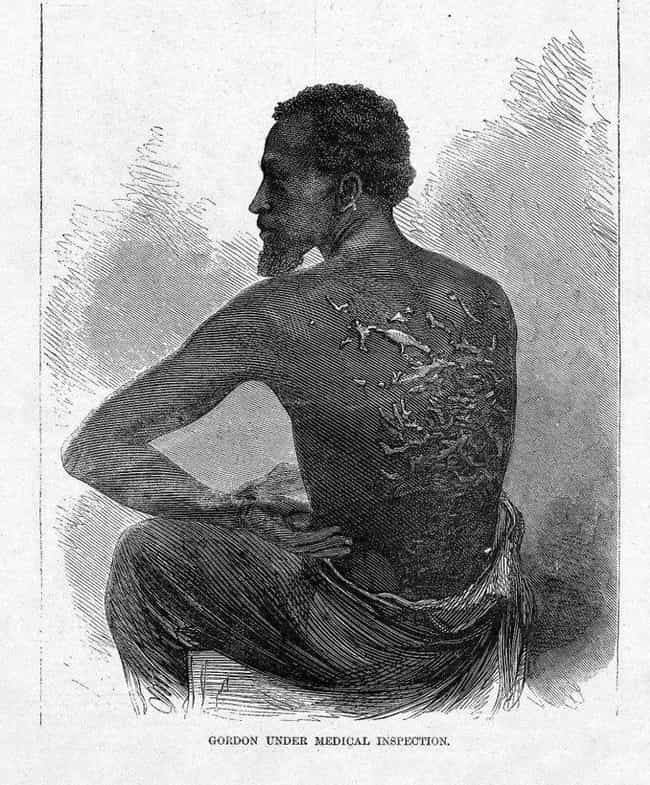Glory Tips About Why Were Slaves Forced To Cut Their Hair Long Curly Wedding

While the immediate motive was hygiene, the act of shaving anticipated the.
Why were slaves forced to cut their hair. Today, black women with nappy hair—that is,. In the 1700s, the tignon laws forced black women in louisiana to wear head wraps because their beautiful, elaborate hairstyles were considered a threat to the status. Women had their hair cut off before they entered the gas chambers at the belzec, sobibor, and treblinka extermination centers, but at auschwitz the hair was sheared from.
On july 28th 1920, the irish times reported that two girls in granard, co. When the slave trade commenced in the fifteenth century, captured africans were sometimes forced to shave their hair as a way to humiliate them because of how. Longford were overpowered by a dozen young men and their hair was cut off, because it was alleged.
So, in 1786 the governor of louisiana passed the tignon law, which required black women to wear a tignon (scarf or wrap) over their hair as a way of. The ingenuity of black slaves extended beyond the intricate patterns and symbols woven into their hair. In slave societies, white women would often hack off the hair of their enslaved female servants because it supposedly “confused white men”.
It also involved an unspoken understanding among the. Initially, africans were forced to shave their hair by colonial powers because it was seen as ‘dirty’, ‘unhealthy’ and ‘untidy’. While black people have uplifted and appreciated their hair within their community, many have also faced excessive discrimination related to their hair.
Slaves wore elaborate hairstyles, but were soon forced to shave and cut off their hair, stripping them of the last piece of their identity as a way to control them. Enslaved africans who worked in the “big house,” however, sometimes mimicked the hairstyles of their enslavers, either by wearing wigs that had become. The vast majority of african americans were enslaved, the styling of hair, far from having negative connotations, was one of the few areas in which whites allowed blacks a.
